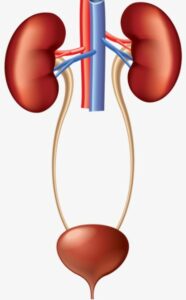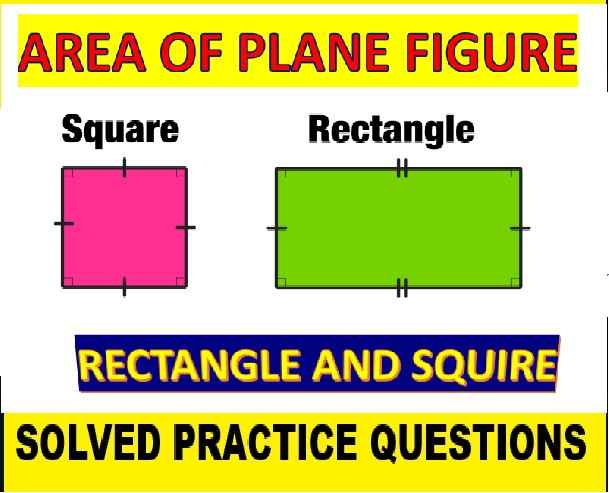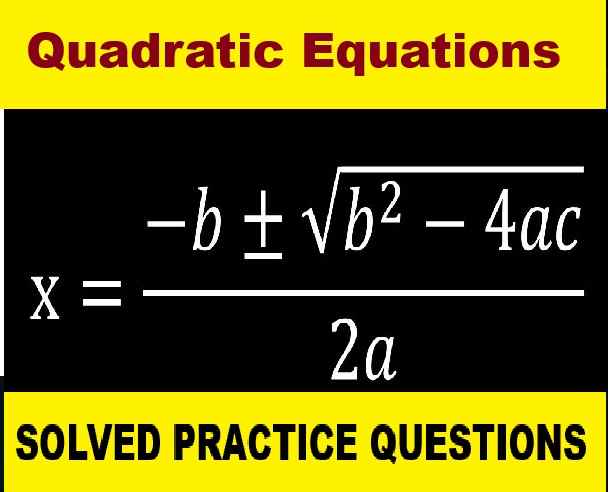MCQ Excretory System Class-10 for ICSE Biology Sem-2 of 2021-22 session . These MCQ / Objective Type Questions is based on latest reduced syllabus according 2021-22 session on bifurcated pattern. Main motto of MCQ Type Question is cracking the next upcoming Sem-2 exam of council. Visit official website CISCE for detail information about ICSE Board Class-10 Biology.
MCQ Excretory System Class-10 for ICSE Biology Sem-2 Sec-A

| Board | ICSE |
| Class | 10th (X) |
| Subject | Biology |
| Chapter | Excretory System |
| Syllabus | on bifurcated syllabus (after reduction) |
| Session | 2021-22 |
| Bifurcated | Sem-2 Sec-A |
| Topic | MCQ / Objective Type Question |
Sec-A Sem-2 ICSE Class-10 Biology MCQ Type Questions of Excretory System
1. The major excretory product in human beings is:
- Urea
- Ammonia
- Uric acid
- Ammonium chloride
Answer 1. Urea
2. The nephron in human beings are part of the system for
- Respiration
- Nutrition
- Excretion
- Circulation
Answer 3. Excretion
3. The Blood is purified in ___________.
- Kidney
- Lungs
- Heart
- Intestine
Answer 1. Kidney
4. The excretory product of earthworm is
- only Ammonia and Uric acid
- only Urea and Amino acid
- only Amino acid
- Ammonia, Urea and traces of creatinine
Answer 4. Ammonia, Urea and traces of creatinine
5. The kidneys in human beings are a part of the system for
- excretion
- nutrition
- respiration
- transportation
Answer 4. Transportation
6. The number of uriniferous tubules in each kidney of man is
- About 10,000
- About 5,000
- Numerous
- About 1.0*106
Answer 4. About 1.0*106
7. Conversion of excess of amino acids into urea is done in
- Lungs
- Large intestine
- Liver
- Cloaca
Answer 3 Liver
8. Columns of Bertin are found in
- Testes
- Ovaries
- Kidney
- Liver
Answer 3. Kidney
9. Man is
- Ammonotelic
- Ureotelic
- Uricotelic
- None of the above
Answer 2. Ureotelic
10. The yellow colour of urine is due to
- Uric acid
- Urea
- Urochrome
- Melanin
Answer 3. Urochrome
11. ______ is considered as the basic functional unit of the human kidney
- Exon
- Nephron
- Cilia
- Neuron
Answer 2. Nephron
12. The Krebs-Henseleit cycle is a sequence of biochemical reactions that take place in _______
- Brain
- Liver
- Urinary bladder
- Lungs
Answer 2. Liver
13. Bowman capsule is located in _______
- Cortex
- Henle’s loop
- Bladder
- None of the above
Answer 1. Cortex
14. The __________ is the point where two or three major renal calyces join together.
- Renal pelvis
- Urethra
- Bowman’s capsule
- None of the above
Answer 1. Renal pelvis
15. Which of the followings is the largest exocrine gland in human body?
- Pancreas
- Liver
- Gall bladder
- Thyroid
Answer 2. Liver
16. Kidneys are helping to maintain pH balance by which of the following?
- Adding hydrogen ions to filtrate
- Removal of hydrogen ions from blood
- Dissolving calcium and sodium ions in blood
- Removing carbonate ions from blood
Answer 2. Removal of hydrogen ions from blood
17. Which is NOT a part of the urinary system?
- Urinary bladder
- Ureter
- Bronchi
- Urethra
Answer 3. Bronchi
18. Malpighian body is present in
- Skin
- Kidney
- Testes
- Ovaries
Answer 2. Kidney
19. Certain carbonates and phosphates are removed by
- Skin
- Liver
- Kidneys
- None of the above
Answer 4. None of the above
20. The retroperitoneal kidney is
- Kidney of fish
- Kidney covered by peritoneum on ventral side
- Kidney covered by peritoneum on dorsal side
- Kidney uncovered by peritoneum on either side
Answer 2. Kidney covered by peritoneum on ventral side
21. Nitrogenous wastes excreted through urine in humans is
- Trimethylamine oxide
- Ammonia
- Uric Acid
- Urea
Answer 4. Urea
22. __________ is a distensible, hollow, muscular sac located in the pelvis, just behind the pubic bone.
- Bowman’s capsule
- Urinary bladder
- Ureter
- None of the above
Answer 2. Urinary bladder
23. The _______ synthesizes most of the excretory compound in humans and is eliminated through ________
- Liver, Urine
- Kidneys, Urine
- Liver, Bile juice
- None of the above
Answer 1. Liver, Urine
24. _______ is responsible for the recovery of water and sodium chloride from the urine.
- Bowman’s capsule
- Ureter
- Loop of Henle
- None of the above
Answer 3. Loop of Henle
25. In which part of the excretory system of the human body urine is it stored before passing urine?
- Urinary bladder
- Ureter
- Bowman’s Capsule
- Urethra
Answer 1. Urinary bladder
26. Main excretory product in birds and reptiles is
- Urea
- Uric acid
- Ammonia
- Guanine
Answer 2. Uric acid
27. The filtration slits are formed in the Bowman’s capsule by:
- Henle loop
- Glomerular blood vessel
- Podocytes
- Nerve endings
Answer 2. Podocytes
28. The ________ are kidney tissues that are shaped like cones.
- Renal pyramids
- Renal pelvis
- Renal calculi
- Renal vasculitis
Answer 1. Renal pyramids
29. ________ are cells present in the Bowman capsule that wrap around the capillaries of the glomerulus.
- Zymogenic cells
- Enterochromaffin-like cells
- Parietal cells
- Podocytes
Answer 4. Podocytes
30. ___________ is a condition characterized by the presence of red blood cells in the urine
- Haematoma
- Haematuria
- Haematemesis
- None of the above
Answer 2. Haematuria
31. Deamination is the first step in urea formation. It means the
- Reduction of ammonia
- Oxidation of ammonia
- Addition of amino group to a nonamino organic molecule
- Removal of amino group from an amino acid
Answer 4. Removal of amino group from an amino acid
32. The kidneys not only remove the waste products from the blood but also play a very important role in maintaining
- Equilibrium of the body
- Temperature of the body
- Constant composition of the blood irrespective of the nature of the food or fluid intake
- Blood pressure constant
Answer 3. Constant composition of the blood irrespective of the nature of the food or fluid intake
33. The glomerular afferent arteriole has a pressure of
- + 120 mm Hg
- -120 mm Hg
- + 95 mm Hg
- +75 mm Hg
Answer 4. +75 mm Hg
34. The pH of fresh urine is about
- 1
- 0
- 4
- 9
Answer 2. 0
35. Glycosuria is the term used for
- Loss of glucose in the urine
- Loss of blood in the urine
- Loss of salts in the urine
- None of these
Answer 1. Loss of glucose in the urine
36. Haematuria is the disorder involving
- The loss of blood through the urine
- Loss of haemoglobin in R.B.C.
- Loss of glucose in urine
- The increase in concentration blood urea
Answer 1. The loss of blood through the urine
37. Uraemia is an excretory disorder in which
- The tubules of kidney reabsorb urea in large amount
- Concentration of urea goes high in the blood because the tubules are not able to remove it from the blood
- Urea is produced in excess in the body
- None of these
Answer 2. Concentration of urea goes high in the blood because the tubules are not able to remove it from the blood
38. Juxtra Glomerular apparatus is a part of which of the following cell in mammals?
- Oocyte
- Myocyte
- Neuron
- Nephron
Answer 4. Nephron
39. What amongst the following is responsible for formation of stone in human kidney?
- Calcium acetate
- Calcium oxalate
- Sodium acetate
- Sodium Benzoate
Answer 2. Calcium oxalate
40. A notch present on the mesial side of kidney is known as
- Ureter
- Pelvis
- Hilus
- Pyramid
Answer 3. Hilus
–: End of Excretory System MCQ Type Question :-
-: also visit :-
- ICSE Class-10 Text book Solutions, Notes , Syllabus, Paper, Notes
- ICSE Board Paper Class-10 Solved Previous Year Question
Please share with your ICSE friends if it is helpful
Thanks



Some answers are wrong please check out properly, thankyou
ok
Please give mcq on sense organs and endocrine system thank you
visit concise class 10 biology solutions
Hello actually this site is not perfect for you guy’s so please don’t waste your time and I will be able to come to the office for a while to get a new one from the team to the office of the day….